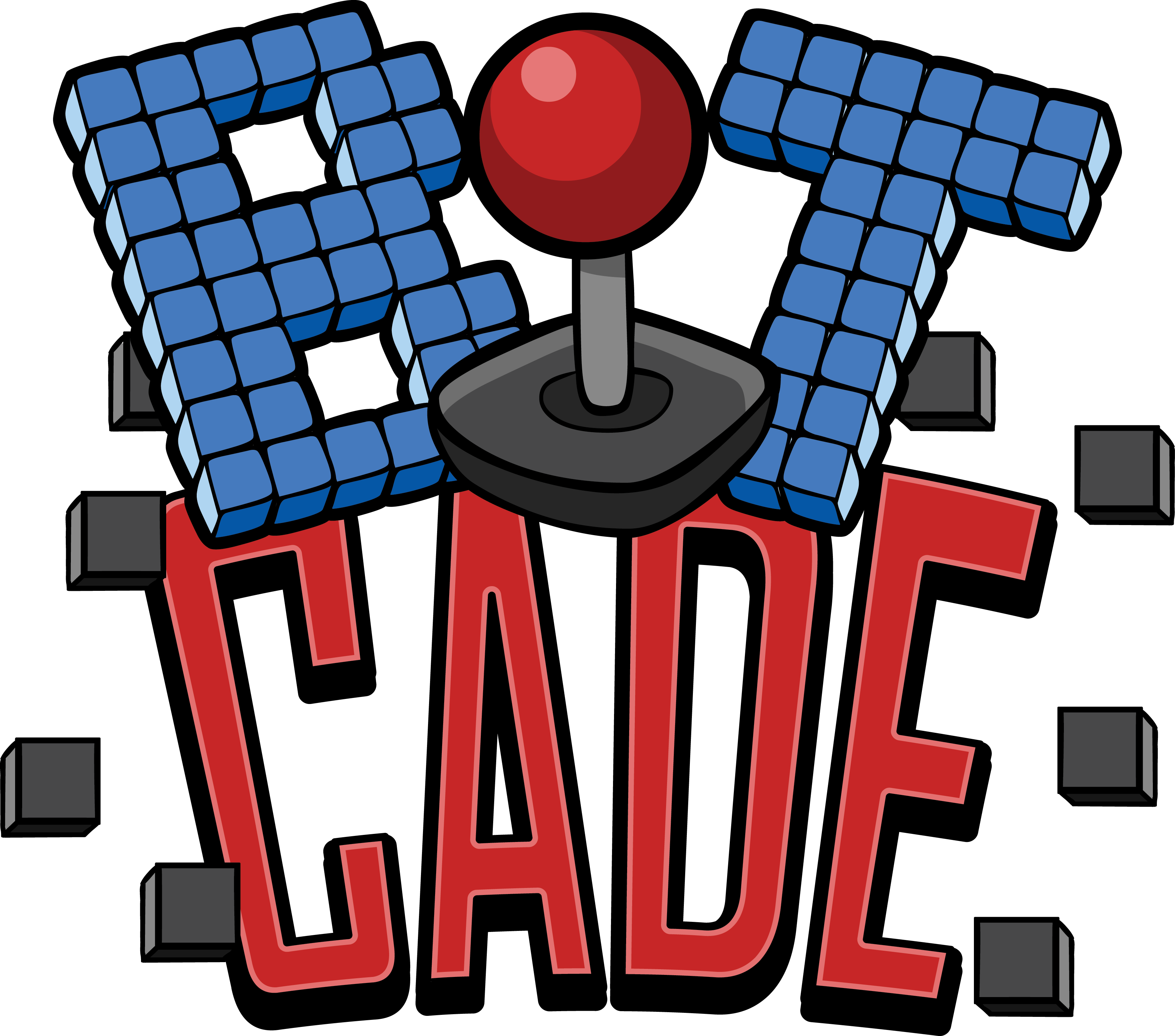
Twenty years ago, if you were to tell people you wanted to be a professional video game player and play games for a living, you’d likely be laughed out of the arcade.
But no one’s laughing now. The billion dollar eSports industry has legitimised the dreams of every gamer. In 2019, British Fortnite player Jaden ‘Wolfiez’ Ashman took home nearly £1m after coming in second place at the Fortnite World Cup.
That’s a neat chunk of change. Yet well before games like Fortnite were making millionaires out of teens, video games were inspiring the same competitive spirit and grit that’s only now come to the spotlight for the world to watch. Only before, instead of in arenas, you could witness it at your nearest neighbourhood arcade.
The Serve That Started It All
It all started with a bouncy ball, a small glowing line, and two aluminum boxes roughly the size of a small toaster. These were your controllers for Tennis for Two, a game that was developed in 1958 as an exhibit for a computer lab.

A recreated screen of Tennis for Two
Considered one of the earliest video games to be made, Tennis for Two drew crowds and spawned lines of eager, curious people. However, it was more of an experiment than anything meant to go commercial. After a year or so on display, the machine it played on was dismantled for parts.
The Shot Heard Round The Galaxy
Or at least, across Stanford University's Artificial Intelligence Laboratory. The next time competitive gaming would again throw the gauntlet down was with Spacewar!, a game developed in 1962 by computer scientists from the Massachusetts Institute of Technology.
Similar to Tennis for Two, Spacewar! was a demo of what computers of the time could do. But unlike its sporty predecessor, this space shooter took competitive play further with the 1972 Intergalactic Spacewar Olympics. Regarded as the first ever eSports event, it pitted around two dozen players against each other. The prize? A year’s subscription to Rolling Stone.

The stomping grounds of the earliest video gaming Olympians
While that’s no million pounds, the event itself was a portent of things to come for competitive gaming, although the participants didn’t think what they were doing was particularly groundbreaking. “The executive officer of the AI Project, Les Earnest, who kindly OKed these Olympics and their visibility, is found to have no immediate function and is sent out for beer,” writes Stewart Brand, then a Sports correspondent for Rolling Stone.
The Return Serve
While Spacewar! was carrying the torch for player-vs-player fun, the next stage for competitive play was being set up in machines much more colourful than complicated, hulking machines in computer labs.

Pong: Where there’s no hiding from your score
Pong was commercially released in arcades in 1972 by Atari. On the sides of the machines were printed a plain directive: “Avoid missing ball for high score”. That score, sitting loudly atop the screen for everyone in the arcade to see, would become the basis of bragging rights well before fancy in-game badges and icons.
High Score
In 1976, Midway’s shooter Sea Wolf urged the competitive tendencies of players even further by permanently displaying the score to beat at the bottom of the screen. Credited as the first game that logged scores, it gave gamers an official yardstick to measure themselves against.
The next couple of years added even more competitive mechanics into the fray. Games like Asteroids allowed players to commemorate their win by inputting a three-character nickname. Atari’s Space Invaders had players racing to beat the high score at the same time. Space Invaders II pitted people directly against each other with a cocktail-table style arcade cabinet.

Space Invaders, now with 100% PvP
The frenzy Atari created with its iconic space shooter gave it enough confidence to go where no 8-bit fighter plane has ever gone before. In 1980, the company held the National Space Invaders Championship. The event was advertised through print media.
But even that didn’t prepare Atari for the response it got. Ginny Junhke, Atari’s spokesperson at the time, said that the turnout “is still not to be believed”. Thousands of people across the US competed in the tournament, making it the world’s first major eSports event--and an undeniable proof of concept for competitive gaming.
The Birth of eSports Mania
Around 10,000 people participated in Atari’s nationwide Space Invaders competition. That’s a lot of players and scores to keep track of. There was only one thing that separated it from your average sports league: a referee.
Recognising the need for a governing body, arcade owner Walter Day formed Twin Galaxies, a rulekeeping and high-score tracking organisation for video gaming competitions. Twin Galaxies would play a key role in legitimising video gaming as a professional sport. And in 1983, just three years after Atari’s intergalactic slugfest, it formed the US National Video Game Team, the world's first ever competitive gaming group.
The next decade was a golden age for arcade games and competitive play. Serious competitions--complete with cheating scandals and tense rivalries--formed around now iconic retro games like Donkey Kong.

Super Smash Bros was not Donkey Kong’s first taste of eSports glory
It also fostered a strong sense of community unique to the arcade gaming scene. “I very much enjoyed meeting with and competing against the most different people you could possibly imagine, all at the arcade,” says Paul Hornitzky, game master of the arcade eSports club, the MAME Gaming League.
The glitz and glam of modern eSports competitions may have overshadowed the original contests, but they’re still there, if you know where to look. Global Tetris competitions still run annually. The MAME Gaming League (MGL) has been going strong since 2006. And several decades since the first pixel was volleyed across a screen, arcade competitions are still avoiding missing the ball.

